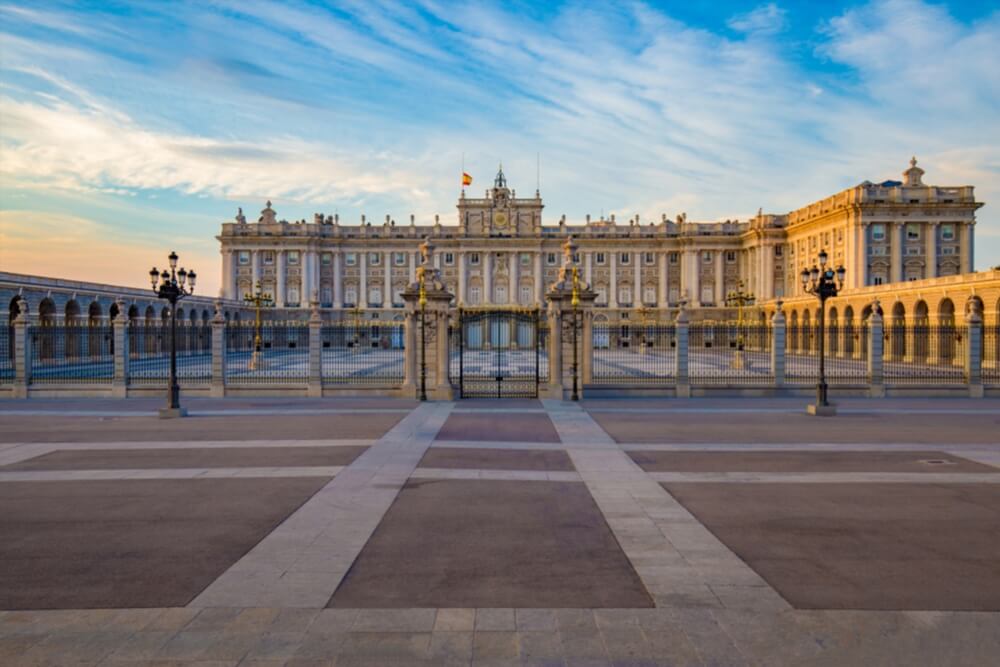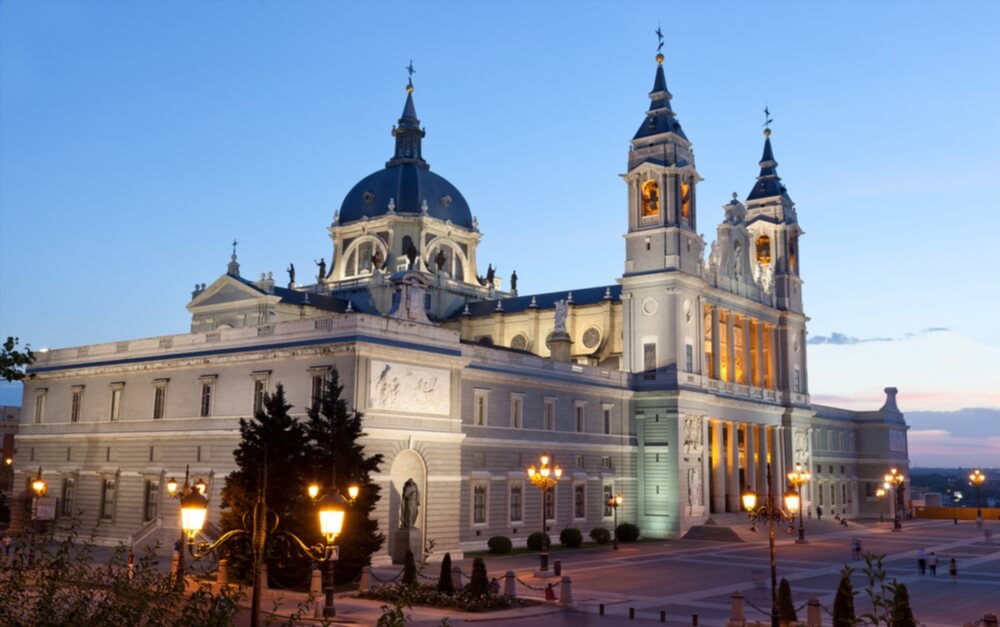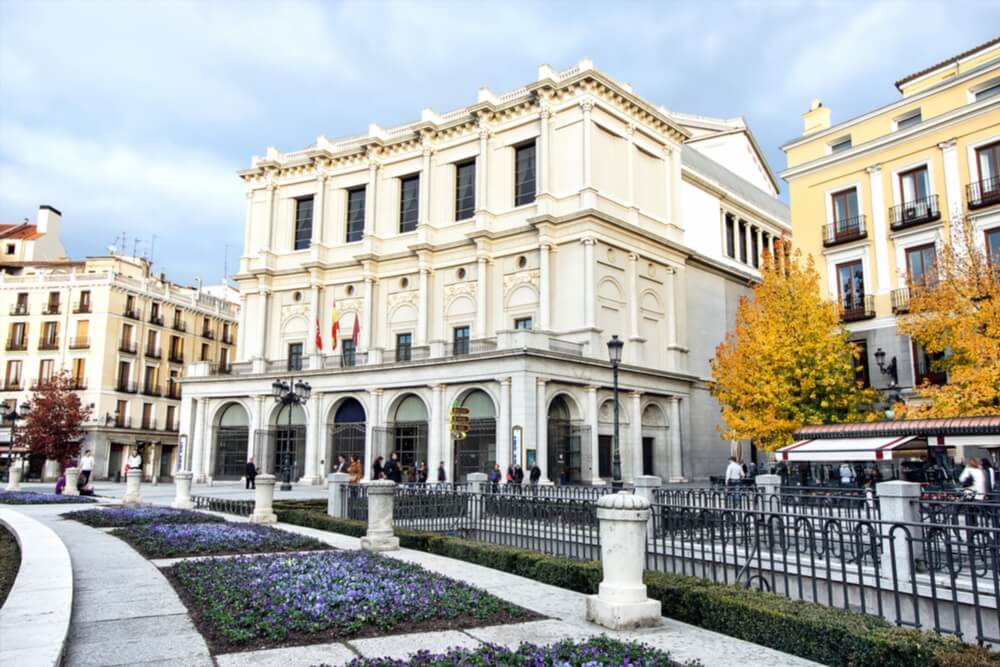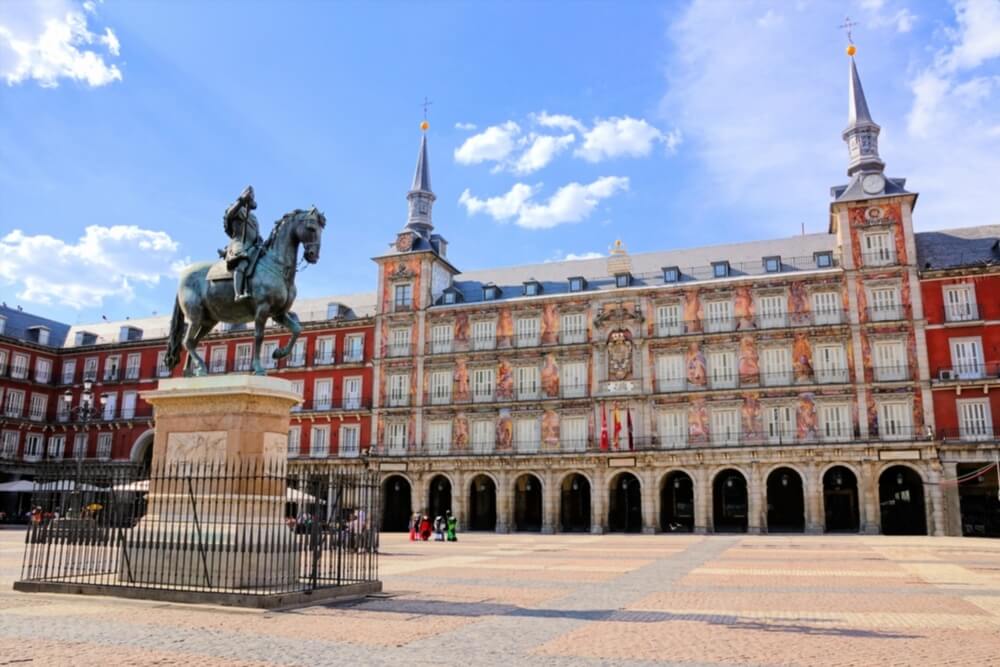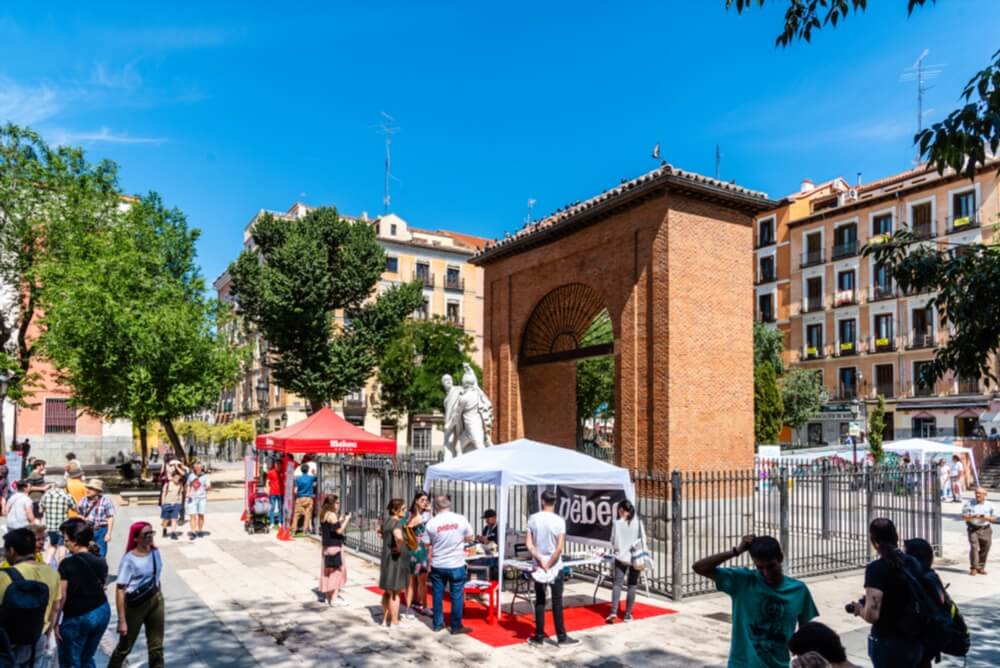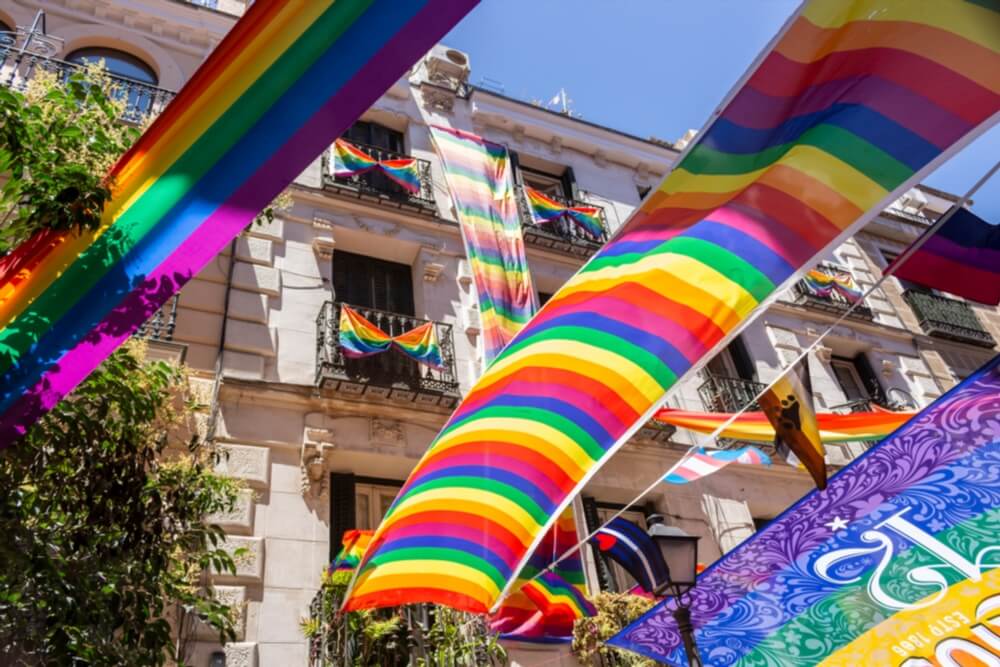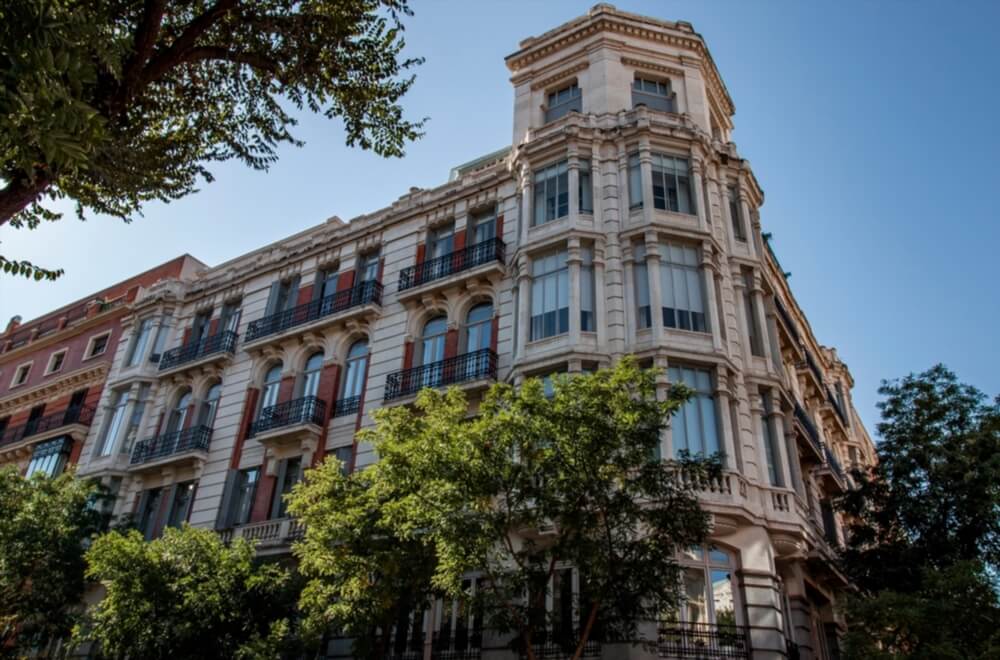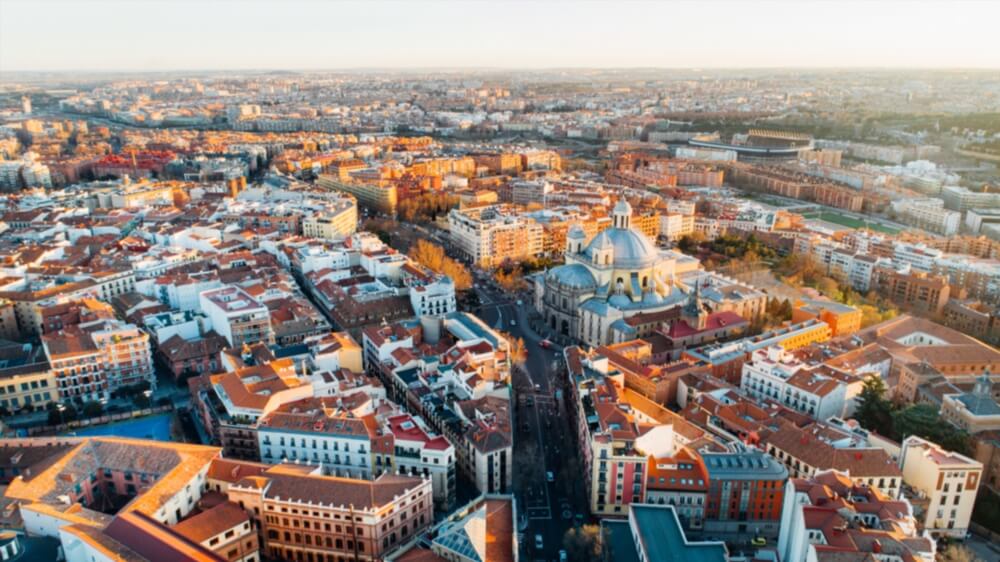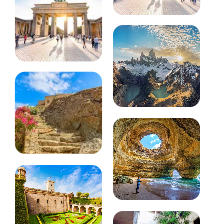Which district to visit in Madrid?
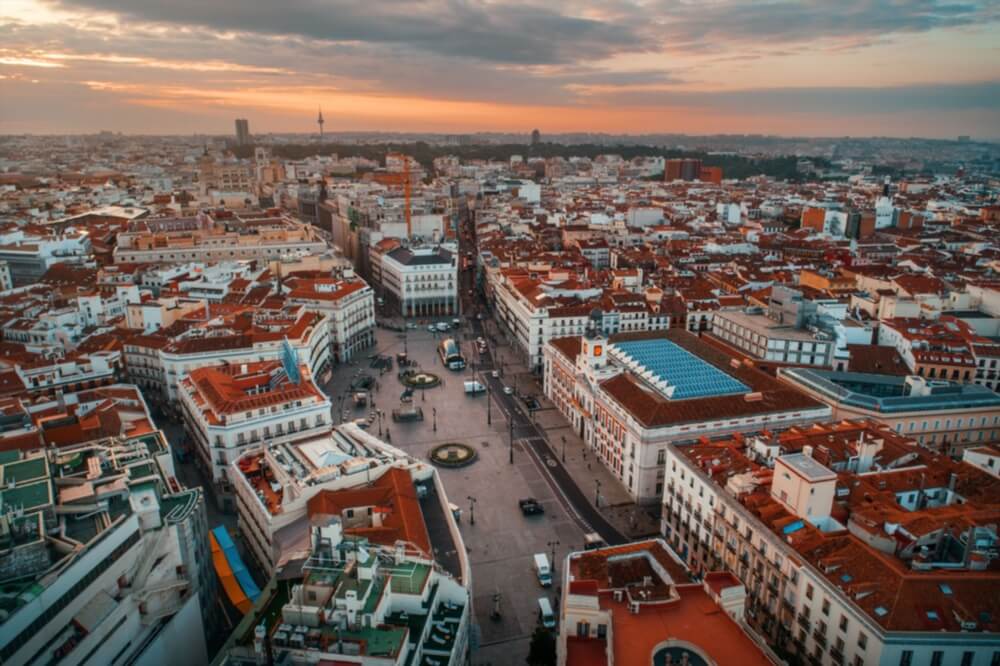
The city of Madrid has the advantage of many pedestrianised streets, making it easy to visit the different districts that make up the city. Madrid is renowned for its festive atmosphere, with streets that come alive in the evenings after hot days.
By metro, bus or on foot, there are many ways to discover all the secrets of Madrid’s districts. The historic centre, the Malasana district, Lavipiès and many others are all places that combine architecture, historic sites, shops, nightlife, museums and gardens…
There’s plenty to keep your family or friends happy, depending on the size of your group.
The central district (El centro) of Madrid
This is Madrid’s historic centre, and one of the city’s best areas for strolling, dining, aperitifs and accommodation. This is where you can admire the city’s main monuments. This district is teeming with activity: cultural and intellectual centres, historic buildings, architectural masterpieces…
The Royal Palace
The residence of the kings of Spain since time immemorial, it was rebuilt after a fire in the 18th century based on the plans of the Palais du Louvre in Paris. It comprises a square courtyard with a gallery and a parade ground. Inside, you will discover 3,000 rooms, including the royal pharmacy, the royal chapel and its collection of stringed instruments by Antonio Stradivari, the Guards’ room, the royal kitchen, the royal armoury, salons, etc.
Almudena Cathedral
Built in the 19th century, it was initially inspired by the French Gothic style of the 13th century, before being modified in 1950 to fit in better with its surroundings. It took 110 years to build. The crypt and museum are also well worth a visit, as are the paintings, stained glass windows, Stations of the Cross and other sculptures.
The Madrid Opera House or Royal Theatre
Inaugurated in 1850 and listed as a national monument, this building of almost 1,500 m2 is a blend of different architectural styles. 18 articulated platforms make it easy to change scenery, and the auditorium seats almost 1,900 people.
The Plaza Mayor
Always very busy, this square took on its definitive form from 1617 under the reign of Philip II, and was the venue for popular festivals, bullfights, beatifications, coronations… The statue of Philip II still towers over the city’s most emblematic square.
Puerta del Sol
This is undoubtedly one of Madrid’s most famous squares, with many points of interest: its 19th-century buildings, its gardens, the fountain, the statue of the Bear and the Arbutus Tree, which has become one of Madrid’s favourite meeting points, the Clock of the Casa de Correos (meeting place for New Year’s Eve celebrations), Kilometre Zero, etc.
Plaza de Espana
Covering more than 70,000 m2, the plaza is largely dedicated to pedestrians and cyclists. Highlights include the Cervantes Fountain, erected in tribute to the writer in 1915, the blue marble Sky Fountain and the Shell Fountain. Numerous archaeological remains have been unearthed and incorporated into the square for the enjoyment of as many people as possible.
The Reina Sofía Museum
This museum showcases modern and contemporary Spanish art: Dalí, Miró, Juan Gris, Pablo Picasso (Guernica), no fewer than 2,000 works are on permanent display. The first 2 floors host temporary exhibitions. The building was extended by French architect Jean Nouvel, and also includes a library and an auditorium.
The Malasaña district
This is Madrid’s most popular district for young people, with its shops, crafts, restaurants, underground culture and street art. The Malasaña district is the ideal place to go in the evening for a drink, a dance, a concert, tapas… An original and festive district.
The Lavapiés district
A bohemian and multicultural district of Madrid, many graffiti artists have worked on the walls of this neighbourhood. La Tabacalera is a cultural centre offering a wide range of activities, with restaurants from all over the world serving typical dishes, and on Sundays you can take a trip to the famous flea market ‘El Rastro’.
The Chueca district
Quiet by day, festive by night, tapas bars, trendy restaurants and clubs abound in this district. The LGBT community has also settled here.
The Retiro district
Retiro Park stretches across a large part of this district, covering 125 hectares and home to almost 15,000 trees of a wide variety of species, a veritable green lung in the heart of the city centre. Here you will find: the Garden of Perennials, the gardens of Cecilio Rodríguez (Andalusian classics), the gardens of the architect Herrero Palacios, the Rose Garden and the French Parterre, home to the oldest tree in Madrid: a 400-year-old Mexican swamp cypress, as well as remarkable sculptures and fountains.
Cultural, leisure and sporting activities for all ages are on offer near the large pool: rowing boats, boat trips, canoeing, kayaking, etc. The Palacio de Velázquez and the Palacio de Cristal have been converted into exhibition venues. The Puppet Theatre operates at weekends only. You can visit the park on foot or by bike, with hire available outside. The San Isidro fireworks can be seen in Retiro Park around 15 May each year.
The Salamanca district
The Salamanca district is a typical 19th-century neighbourhood, made up of buildings whose fine architecture and beautiful façades are a sight to behold. This is Madrid’s chic district. There are plenty of luxury boutiques and celebrities have lived here, not to mention the Michelin-starred restaurants and chic nightlife that make up the district’s DNA.
The La Latina district
A medieval district with winding, narrow streets and numerous squares, this is Madrid’s old commercial district, and this is reflected in the names of its streets: the barley square, the straw square, etc. Evenings are lively in the many typical taverns in the district. Also worth a visit:
- The remains of the ancient ramparts that once protected the town,
- The basilica of San Francisco el Grande,
- Las Vistillas park and its magnificent sunset with a direct view of the Santa Maria Real de la Amudena cathedral,
- The festival of the Virgin of La Paloma around 15 August, when the streets of the district come alive with this traditional fiesta. It’s also a great time to party at the Verbana ball, where Madrilenians dress up in typical costumes for this very special festival.
200 audioguided tours for cities all around the world
Download